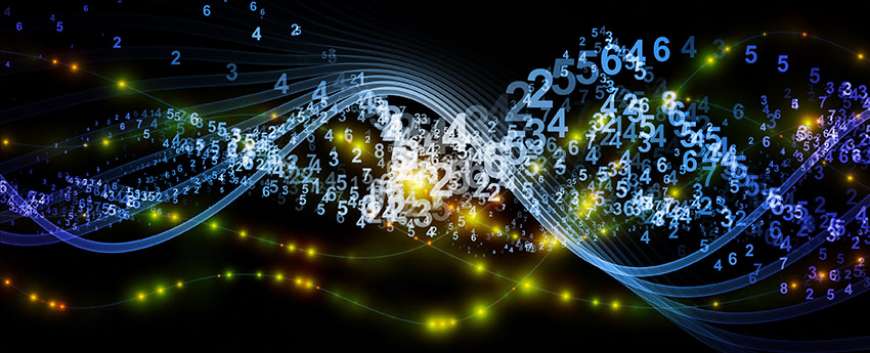Machine Learning for Volcano-Seismic Signals
Top Reasons to Join SPS Today!
1. IEEE Signal Processing Magazine
2. Signal Processing Digital Library*
3. Inside Signal Processing Newsletter
4. SPS Resource Center
5. Career advancement & recognition
6. Discounts on conferences and publications
7. Professional networking
8. Communities for students, young professionals, and women
9. Volunteer opportunities
10. Coming soon! PDH/CEU credits
Click here to learn more.
Machine Learning for Volcano-Seismic Signals
Challenges and Perspectives
Environmental monitoring is a topic of increasing interest, especially concerning the matter of natural hazards prediction. Regarding volcanic unrest, effective methodologies along with innovative and operational tools are needed to monitor, mitigate, and prevent risks related to volcanic hazards. In general, the current approaches for volcanoes monitoring are mainly based on the manual analysis of various parameters, including gas leaps, deformations measurements, and seismic signals analysis. However, due to the large amount of data acquired by in situ sensors for long-term monitoring, manual inspection is no longer a viable option. As in many big data situations, classic machinelearning approaches are now considered to automatize the analysis of years of recorded signals, thereby enabling monitoring on a larger scale.
This article focuses on integrated and operational tools dedicated to the automatic analysis of volcano-seismic signals. We review tools for the optimal representation of volcanoseismic signals (feature space) and the available methods for volcano-seismic events detection and classification. We then propose an architecture for the automatic classification of volcano-seismic events. Our prediction system is tested on six years of recordings containing 109,434 volcano-seismic events acquired from the Ubinas volcano (the most active volcano in Peru). Our new proposed model is built using supervised machine- learning algorithms [support vector machines (SVMs)] and reaches 92.2% of correct classification over six classes. This prediction model is then used to fully analyze the six years of recorded signals.
Introduction
Volcanic unrest monitoring and the evaluation of associated risks are still open and timely issues. Following the U.N. International Strategy for Disaster Reduction recommendations [1], it is clear that the development of effective methodologies along with innovative and operational tools to mitigate risks related to volcanic unrest (prevention, crisis management, and recovery) is of key importance for society. Volcanoes are mostly monitored through their seismic activities recorded by seismometers. By interpreting recorded seismic events, geoscientists obtain meaningful knowledge on the volcano internal activity. This is done by looking the seismic recordings for signals that can be associated to a specific kind of volcano activity. In terms of data analysis, this results in a pattern recognition (semantic classification) problem in which observed signals are assigned to semantic classes (each associated to a different volcano activity). Operational volcanoes monitoring can range from routine surveillance of volcanic activity to more focused inspections aimed at detecting specific signatures (e.g., associated to precursors of an eruption).
SPS Social Media
- IEEE SPS Facebook Page https://www.facebook.com/ieeeSPS
- IEEE SPS X Page https://x.com/IEEEsps
- IEEE SPS Instagram Page https://www.instagram.com/ieeesps/?hl=en
- IEEE SPS LinkedIn Page https://www.linkedin.com/company/ieeesps/
- IEEE SPS YouTube Channel https://www.youtube.com/ieeeSPS











